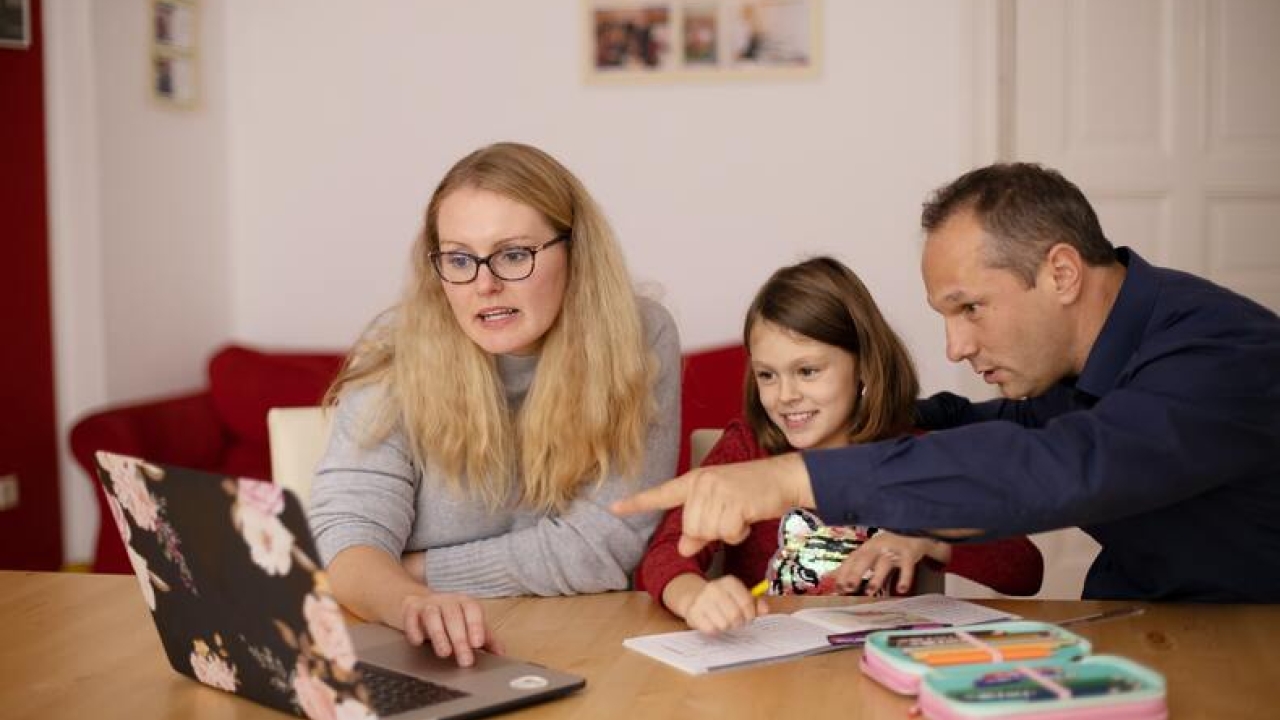When Kids Are Grieving and Behind Academically, Quality Conversation is the Antidote

Teachers have explained that they wish they could “fit in” both social-emotional skill teaching and academics, but that it’s hugely challenging. They seem faced with a true dilemma: that is, whether to push forward with academics to address the “learning loss” many students are facing, or to go in the other direction and emphasize social-emotional skills.
It's a dilemma, however, that shouldn’t exist. Instead, we can use a framework of high-quality conversation that will bring these two areas together. Through this framework, both teachers and students will be supported to build stronger relationships and connect more deeply—even while boosting student learning.
There’s no question that many students, especially those who were already vulnerable, are facing not only learning loss, but grief, trauma, and the loss of opportunities to build social and emotional skills. So much of the daily support for students falls on teachers and their ability to teach and model social-emotional skills. Social-emotional skills, from the collaborative organization Collaborative for Academic, Social, and Emotional Learning (CASEL), can be thought of in five “buckets” and include self-awareness, self-management, social awareness, relationship skills, and responsible decision-making.
These skills are being taught in all schools, whether or not we like it, implicitly, simply by the ways classrooms work. Even if they’re not discussed, they’re being modeled, for better or worse. As Dr. Maurice Elias, a psychology professor at Rutgers University in New Jersey, U.S., argues, “We are educating kids socially and emotionally all the time. ” For example, consider a scenario where a child is upset for having forgotten his homework. The teacher could respond in a variety of ways, each of which has implications for learning, but also for social-emotional skill development.
If she ridicules the student and tells him to try better next time, he’ll likely learn over time to feel shame when making a mistake, and to try to hide it from his peers. If she takes him aside and supports him in calming down, then strategizing over how to do better, he’ll learn executive functioning and emotional regulation skills. Certainly, it’s not as straightforward as this example suggests, and yet these mini-lessons are being taught and learned in schools all over the country every day. These small lessons, over time, accumulate.
When we emphasize high-quality conversation, we support students in learning these lessons at the same time as academic ones. For students of all ages, back-and-forth discussion can act as a braid between academic and social-emotional areas, in a way that both promotes learning and that builds relationships. When we talk about literacy learning “versus” social-emotional learning, we forget this important distinction. We forget that kids aren’t learning in spite of their social lives and relationships, but precisely because of and through those relationships, in ways that support them in the classroom and out.
These relationships with teachers and peers are critical to boosting learning and achievement, but also motivation. If we want to raise life-long learners, this motivation is key. Dr. Roderick L. Carey, a professor of human development at the University of Delaware, found in his research that positive teacher-student relationships led to better teaching and emphasized the importance of showing kindness and compassion. Positive student-teacher relationships not only lead to better learning, but even to better teaching. When teachers feel at ease, they can have an easier time showing engagement with the content and modeling critical thinking and problem-solving skills. As Carey argued, “the teacher has to be vulnerable to the students. …[showing] ‘This is how I connect to this work.’ That human connection to the curriculum is something that teachers need to foreground.”
Stay up to date
Subscribe to the free GESS Education newsletter and stay updated with the latest insights, trends, and event news every week. Your email address will remain confidential

